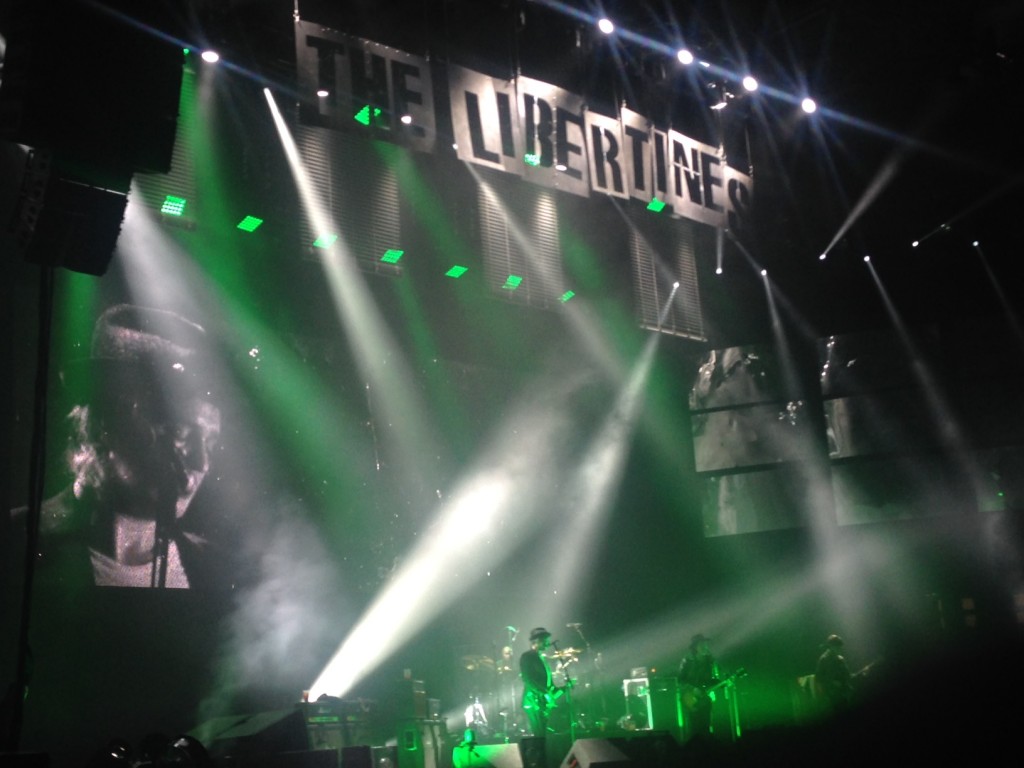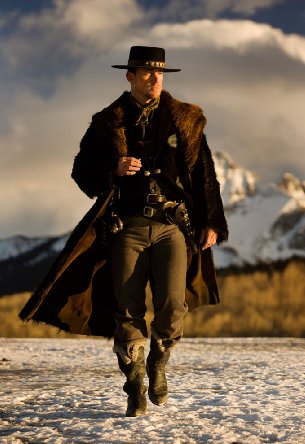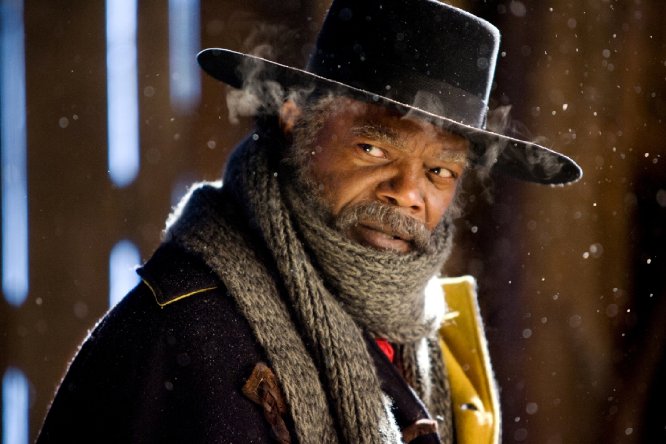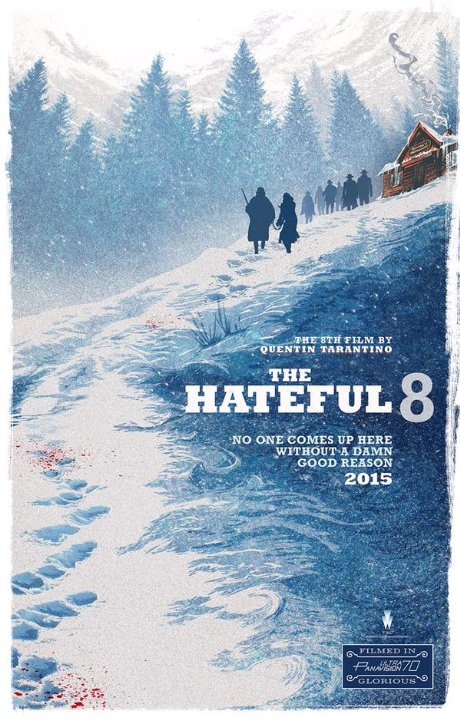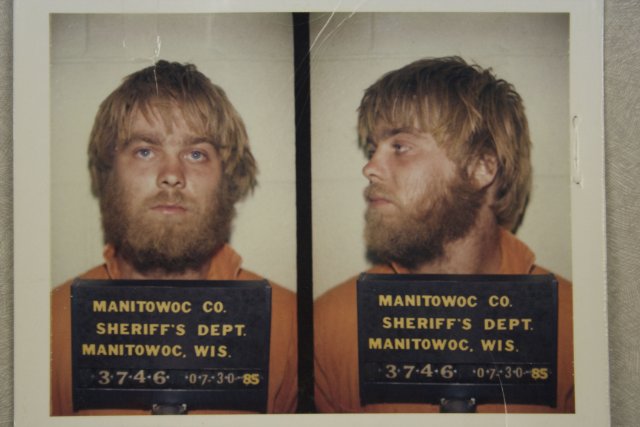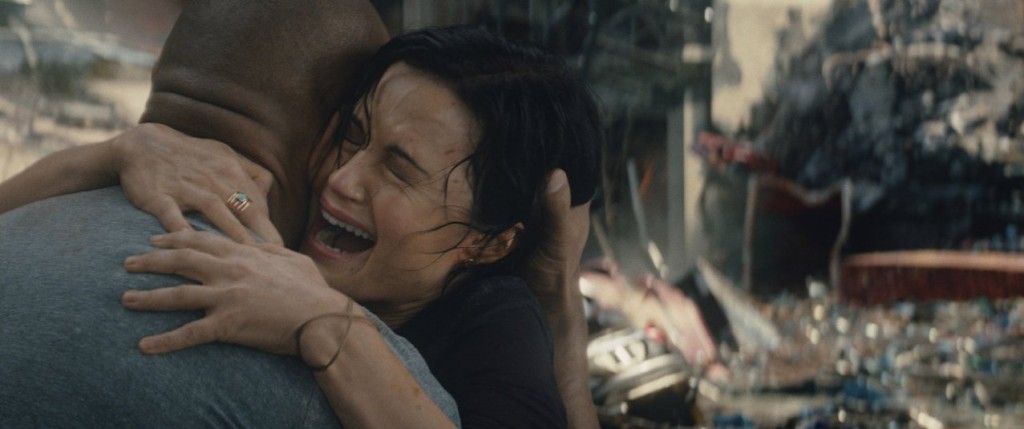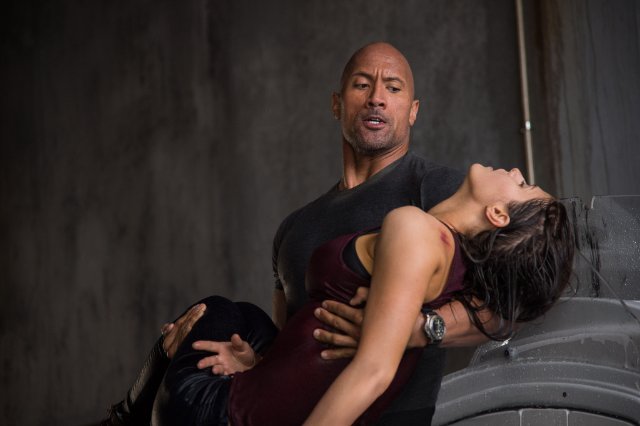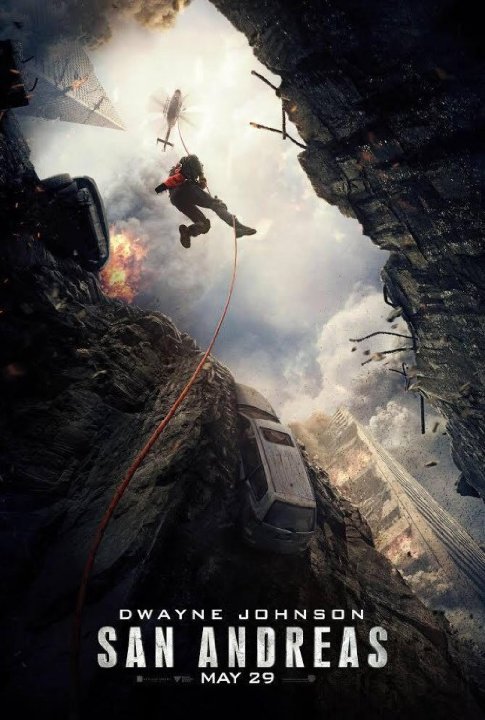Our resident film reviewer is writer Harry Casey-Woodward who will be sharing his opinions on things he has watched…
Slow West, 2015, cert 15, dir John Maclean, 4/5
If you liked Django Unchained, how about a western shot in New Zealand by a Scottish director? You’ve got to admire a director when they choose a western for their first film in this day and age, when westerns are no longer guaranteed profit makers (unless you’re Tarantino). It must be even more of a challenge to make a good one, now Django has raised the bar and Tarantino’s new western The Hateful Eight is in the saddle. But new director John Maclean has crafted a stunning western for his first feature, which is now out on DVD and Blu-ray.
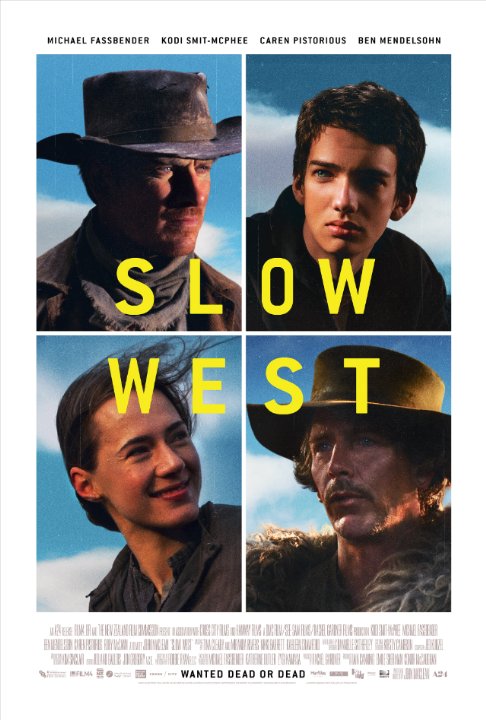
Slow West has a simple but original plot. The hero is a young Scots lad named Jay Cavendish played by rising Australian star Kodi Smit-McPhee (The Road and Let Me In). Having left Scotland, we find him riding alone across the vast, wild landscape of the American West to find the girl he loves, who has already emigrated west with her father. He bumps into Silas (Michael Fassbender), a lone drifter who agrees to ride with Jay for reasons known only to Silas.
Both are testament to the theory that opposites attract. Silas is a traditional western hero. Even Fassbender acting in his native Irish accent just adds to his rough charm. He’s got the weather-beaten costume, the stubble, the cigars and the gun. The only thing he lacks is a heart. I was worried Fassbender wouldn’t pull off this Clint Eastwood -like character, since I’ve only seen him in well-spoken civilised roles like the android in Prometheus and the English officer/film critic in Inglorious Basterds. But he’s utterly gripping as a cool, cunning gunslinger.
Jay Cavendish, however, is the natural bumbling teenage sidekick. What he lacks in experience and practicality, he makes up for with naivety and romanticism. Whereas Silas has dulled his emotions, Jay remains the victim of his passions which have led him on his epic, dangerous quest to find his love. Kodi Scot-McPhee gives a charming performance as a lovesick, wide-eyed poet horrified by the violence and suffering he witnesses.
The pair encounter a range of western characters. They’re tracked by a shaggy-coated man named Payne and his motley band of outlaws, a cool performance by fellow Australian Ben Mendelsohn who played hot-headed businessman Daggett in The Dark Knight Rises. There’s also a Swedish couple turned desperate store robbers, a travelling writer documenting the extinction of Native American culture and a bounty hunter disguised as a priest carrying his rifle in a smart case (a possible homage to the eccentric antiheros of the spaghetti westerns).
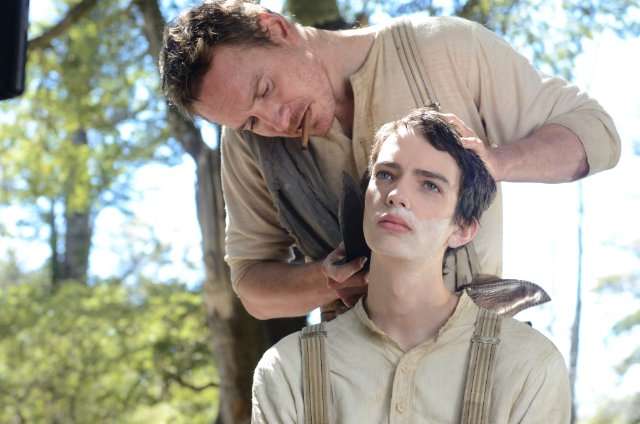
Thankfully Slow West follows a trend that has been cropping up in recent westerns. This is acknowledging the fact that the American West was populated by emigrants from all over the world, thus not everybody spoke in a cowboy drawl (a fact often ignored by even the best westerns in the past). The director admitted that he wanted to make a film about the West from an emigrant’s point of view.
The film also features Native Americans. Some are depicted as deadly and otherworldly, others as very human. The main characters mention the decimation of the Native American civilisation, often cynically, as an irreversible tragedy. It has been a while since any recent western has acknowledged this dark side of American history in such a modern fashion. As well as accurate historical details, the film does a good job of representing genders too. When we finally see the love interest Rose Ross (Caren Pistorius)on screen, she’s a gutsy farm girl who ends up doing most of the shooting in the showdown at the end.
If this colourful cast of characters isn’t enough to attract you, the film is worth seeing for its sheer beauty. Most westerns can boast extraordinary landscapes and Slow West is no exception. Like Lord of the Rings, Slow West could be an advert for New Zealand. We switch from tender flashbacks on the Scottish coast to dramatic New Zealand scenery of forests, mountains and plains which makes a perfect Western backdrop. Whoever went location scouting did a good job. The best thing about filming in New Zealand, as the crew discovered, was the incredible light and colour the beautifully framed shots were blessed with. The colours are especially striking for a western, reminding me of technicolor 1950s classics like The Searchers. As Maclean explains, that was purely due to the quality of New Zealand natural light and he didn’t want to shoot another brown western anyway.
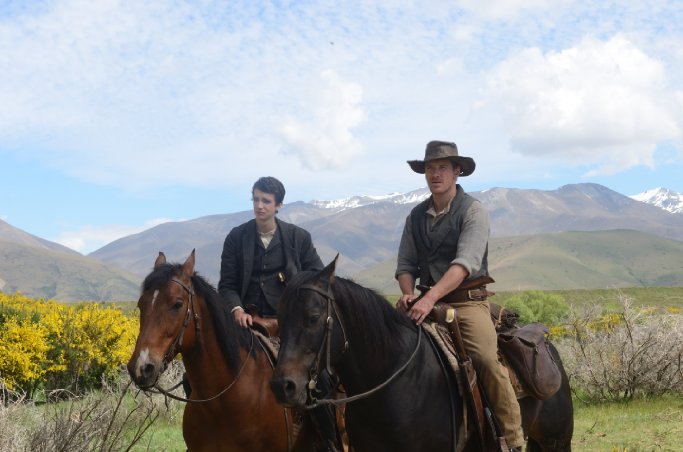
Despite the cool characters, the original plot and striking cinematography, there are two criticisms I would make of this film. One is that it lacked the ‘oomph’ present in other great westerns like The Wild Bunch], Unforgiven and even Django, which stops it ranking alongside these classics. In other words, as nice as the film was to watch I didn’t feel a great emotional impact at the end. The running time is only eighty minutes, which means you have less time to feel involved with the characters than a longer film. However, given the content of the plot I feel there were still opportunities for a greater emotional scope. Moving onto the other criticism, I felt the movie was putting more effort into being strange for the sake of it. The nature of the plot is rather episodic, which leads to several random scenes like Jay and Silas riding past three men playing music in the middle of a barren plain. Jay converses with them in French on the universality of love and death. While it’s nice to see such creative elements in a western, it does reduce the historical realism a tad.
But then Slow West is a different breed of western to the intense, action-packed examples I mentioned above. It’s sparse, lyrical style reminded me most of Jim Jarmusch’s 1995 western Dead Man starring Jonny Depp. Both films are beautifully shot, spiritual journeys through imaginative landscapes of the American West. Both feature traditional Western clichés mixed with modern sensibilities and both balance cynical humour with tragedy and graphic violence.
The presentation of the violence is worth noting in Slow West. Don’t expect the glorified, over-the-top action of Django. It is thrilling and even playful at times, especially during the climax during which Payne fires a bullet to make a weather vane spin round. However, there are other scenes when the pointless, catastrophic consequences of random violence are clearly plain, with little dialogue and visible emotion from the actors needed. Though I have mentioned the lack of emotional impact in this film, I still genuinely feared for the heroes’ survival in the final shootout.
Overall, the film is sparse but not cold. The more I think about it after viewing, the more I admire the creativity involved and the sheer amount of elements that were brought together. This is a cool, lean slice of cinema that looks amazing with subtle depths of emotion and heartache. I respect that such an unusual little gem was allowed to be made and I further respect the fact that it was a British production, having been presented by Film 4 and the British Film Institute. Perhaps this will lead to another wave of European westerns like the Italian spaghetti westerns in the 60s. Shepherd’s pie westerns anyone? More like haggis western, as the director is Scottish. Silliness aside, he has done a remarkable job for his first film and I hope his future efforts share in the poetic, imaginative spirit of his debut.
All opinions of the director are taken from the special features on the DVD

